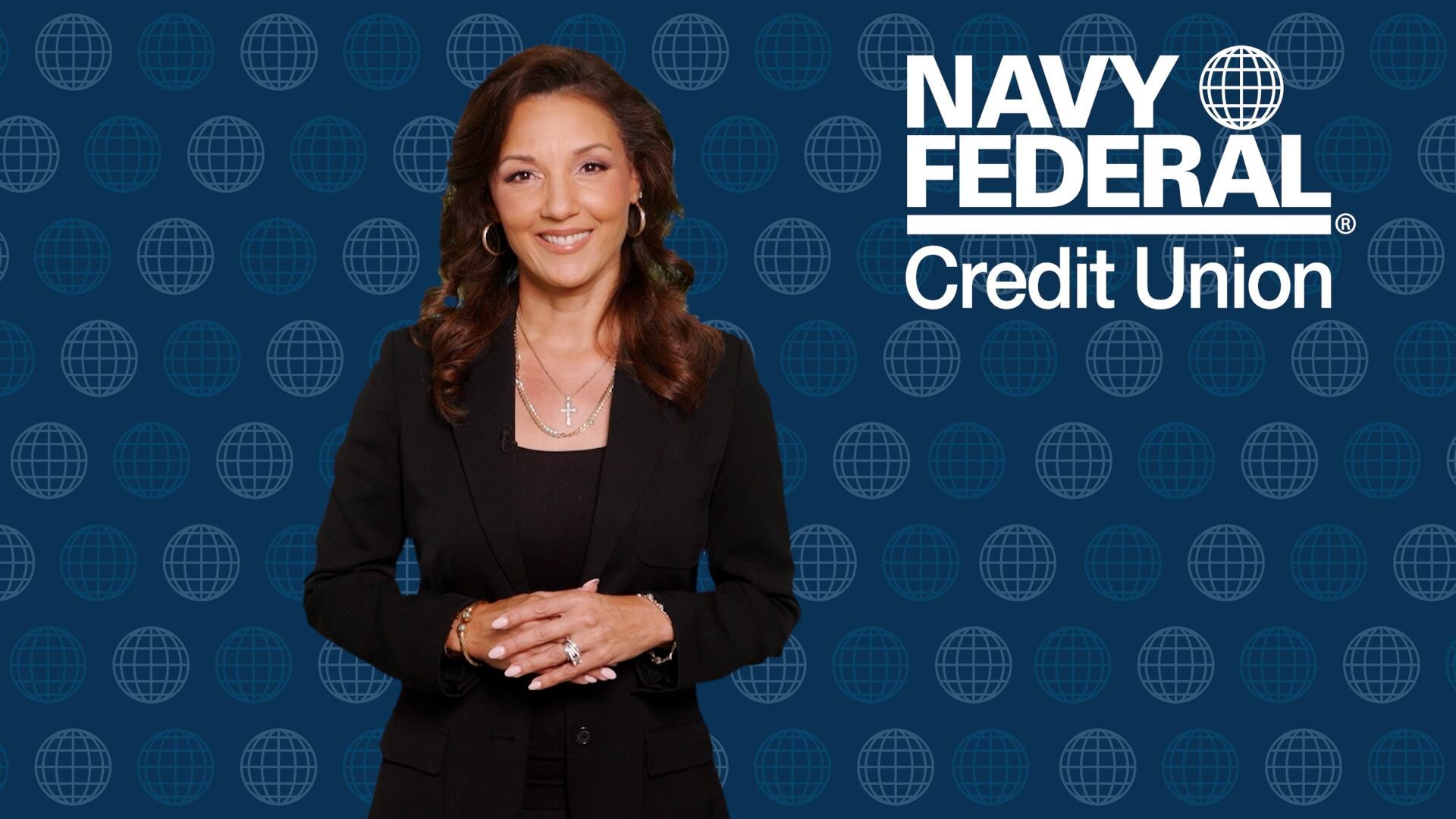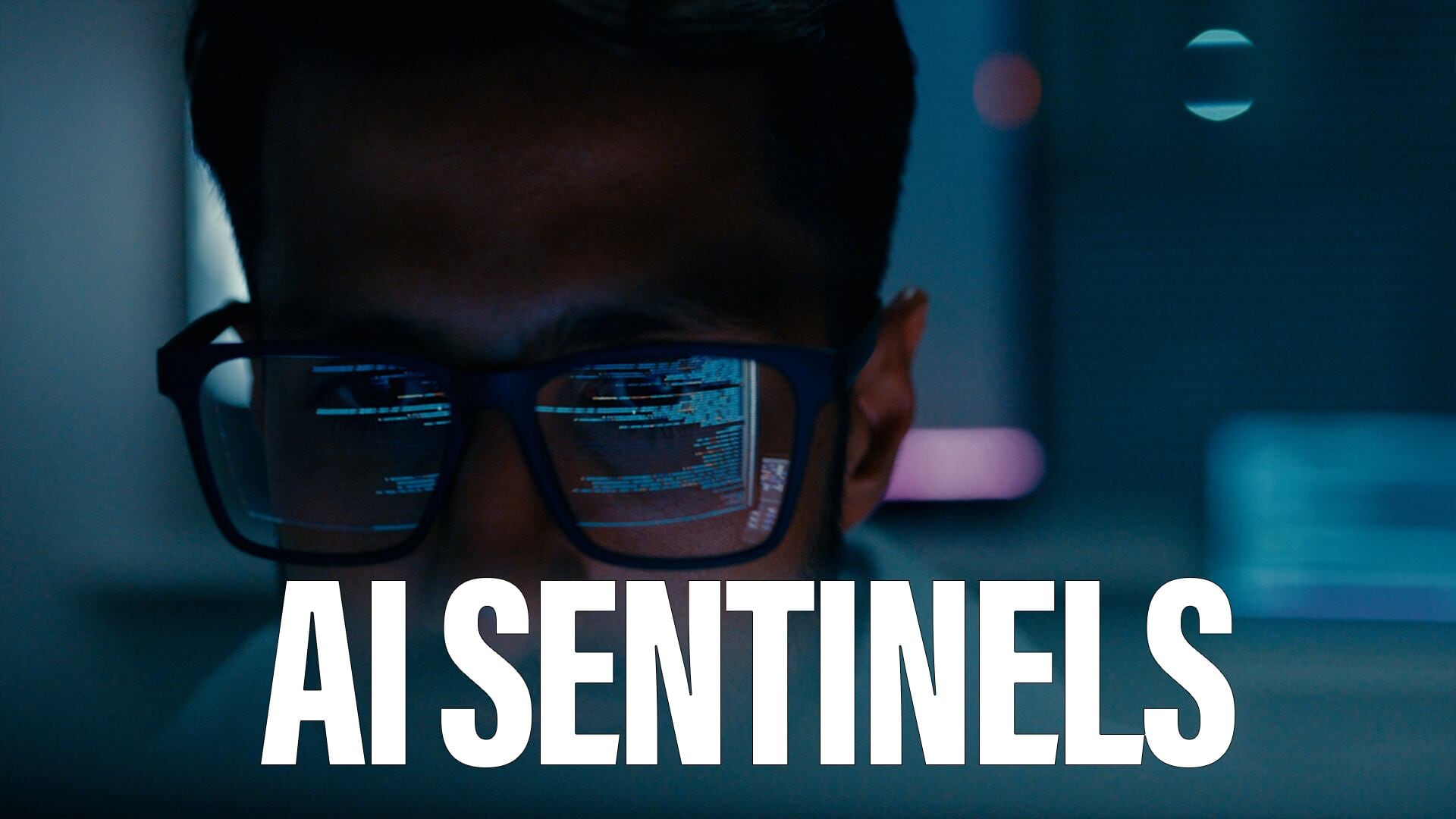A fleet commander’s job is not an easy one. But Vice Adm. Phillip Sawyer came into his job as 7th Fleet commander in a position that few officers in Navy history have faced.
Historians tend to agree that the firing of Sawyer’s predecessor, Vice Adm. Joseph Aucoin, was the most senior commander firing due to operational shortcomings since Adm. Husband Kimmel was relieved as head of Pacific Fleet days after Pearl Harbor. Kimmel was relieved by Adm. Chester Nimitz.
And so, Sawyer’s task, performed under intense scrutiny from Washington, is to right the ship in Japan and move 7th Fleet from an overstretched force treading water and taking unnecessary risks to a disciplined and ready force prepared always to operate in the world’s most dangerous waters.
Defense News sat down with Sawyer in Japan to discuss the state of 7th Fleet and the plan forward.
You took over at the tail end of a very rough run for 7th Fleet. In a general sense, how do you feel like the fleet is doing?
We’re doing fine. We’ve remained the partner of choice out here. I don’t think there’s any doubt about that. Our alliances are strong, whether with the Japanese, the South Koreans, the Philippines, Australians or the Thais – those are as strong as they ever have been and I would argue probably are continuing to grow in strength every day.
We are out operating all the time. Wasp and its Expeditionary Strike Group has just completed training down off Okinawa integrating to the Joint Strike Fighter, the F-35B, the Marine Corps version. It’s the first time deployed; a big deal. It brings capabilities to the theater that we haven’t had before.
We’ve got [the destroyer] Sterett in Hong Kong right now. It’s been there for a couple days. The Vinson [Carrier Strike Group] just left and we did a lot of stuff down in the South China Sea area with the Philippines and then Vietnam, and they are now heading home. So, every day out here there’s just a lot of activity going on and so it remains that way.
What role does the 7th Fleet commander play in readiness?
I think it’s kind of a complex question. First, the comprehensive review, we’ve embraced that. We have taken action on those things that are within my span of control and authority to take action on.
One of those is the force generation model. So, force generation, the phrase means: how I build a schedule and prepare the units to then go do deployment. Embedded in the concept of force generation is the man, train and equip side, being ready to go. That includes individual skills, an operator learning how to operate the radar, for example. Also, team skills and ship-wide skills. So, it’s a spectrum across the very basic phase to what we call an advanced phase.
The force generation model carves out time to do three things: maintenance, training and then operations. So, the model has carved out time to give the ships the maintenance that the Navy says they need. Then we’ve carved out time for the type commander to do the basic phase training that the type commander says I need. Everything after that turns over really to me to do operations with the ship. That model, that force generation model, now puts predictability into the ship’s schedules and some stability into sailors’ schedules.
How do you stay disciplined?
Everyone is focused on preparing these ships to be able to go out and do what the nation asks them to do.
We all recognize that sometimes maintenance doesn’t go as expected. You find something and it takes a little bit longer. Or, in the training phase there may be an issue that instead of being able to take two weeks it takes three weeks. Something could break. It could have a performance issue. There’s a variety of things. So, I think the allegiance that I have to them is we’re going to, within my authority, give you time to fix those things that need to be fixed and to get the training you need to be able to go out and do the mission.
That said, you know that there are always things on board a ship that aren’t operating as you would desire. It could be a small little thing. Probably the same thing with your car, right?
So, when I say ‘give them the maintenance they need’ that doesn’t mean everything gets fixed. It’s the maintenance that they need to have to be able to support operations; part of that is deep maintenance like McCain is going through.
We work collaboratively with Commander Naval Surface Force Pacific and Captain Dromerhauser’s group, the Naval Surface Group Western Pacific, along with Commander Task Force 70 and the destroyer squadron to come up with an understanding of when a ship is ready to do some things.
What value does Naval Surface Group Western Pacific bring to the table in terms of having a presence out here?
I think they are bore-sighted on readiness. They’re the ones who will work with the ship and the maintenance facility to make sure the right amount of maintenance gets done. They’re the ones who will work with ATG and the ship to make sure all the training is scheduled. They will be working with the ship to make sure that the schedule is supportable. If they have a manning issue, they’re able to translate that back up to the type commanders so they can articulate in clear terms of, “Hey, here’s what we need and here’s why. Here’s the impact if we don’t get those things.”
So, that’s really their focus is a type commander rep out here doing the man/train/equip side, which has been helpful.
How are you are aligning both the operational needs and readiness needs?
The operational demand has gone up. It continues to be high. Since I’ve been in the Navy there’s always been more demand than we’ve had supply of these units. So, this is not new. One of my jobs is to be able to articulate up that delta to my boss so he can look at it in sufficient time to be able to either get it resourced from within his authorities or go to the CNO and see if it can be resourced Navy wide.
The process is well defined and well known and so I’ve just inserted ourselves into that process along with PACFLT to really articulate what I can and cannot do out here. It requires constant diligence on both my part, my team’s part, and obviously higher headquarters. No one likes to say no, right? So, we try as best we can within the constraints that I have to be able to source those things. Because they’re of national interest and that’s why
PACOM is asking for them.
The other constraint I have in my mind is the chief of naval operations constraint and that is operational tempo. OPTEMPO has to be less than or equal to 50 percent and all our ships are less than or equal to 50 percent.
The discussion back in D.C. surrounding the budget plus-up has been this push to 355 ships, which is a long way off. What would help you right now?
Well, I’ve said a couple times in the past that if you gave me the entire Pacific fleet, people would want more. It’s just the way it is. My job is to manage the resources I have and that’s first and foremost what I do.
I, like everyone else, could give a laundry list of additional things. What I’m more focused on is making sure my ships are ready to go whenever the nation asks. Material ready, personal wise and training ready. That’s really the key. I never know when I’m going to be called upon so my goal for my team is to make sure that I have units that are ready to go to do what the nation asks at the time. That’s the first and foremost kind of thought in my brain when you ask that.
From a capabilities standpoint the Navy and our nation continues to push out here the most advanced platforms we have. We just talked about F-35B. Wasp is a new addition out here. She obviously can take the F-35B. We’re getting the most modern baseline configurations on our destroyers. We’re getting the newest submarines out here. We’ve got Growler squadrons. The E-2D Hawkeyes. We’re getting the best our nation has. So, from a capabilities standpoint I’m getting what we can provide. So, I’m comfortable with that. I’d say always give me more and give it to me faster but I’m comfortable with the pace of assets flowing out of here.
In the South China Sea your ships tend to be followed. I’m wondering, doesn’t that boil down to harassment?
I can’t tell you the thought process behind China’s policies. But from a Navy-to-Navy standpoint what we’ve been very clear on is that what we expect at sea are professional encounters. We expect professional mariners. We expect them to abide by the rules of the road. So, when we don’t see that we have mechanisms through other avenues of our government to voice our displeasure.
But to a very large degree we get professional Navy-to-Navy relationships. I’m not a policy guy. I execute policy. I expect the same out of the Chinese Navy. They have policies given to them and they execute that policy. As long as it remains safe and within the rules of the road of professional behavior, I don’t have a lot to complain about with the way they’ve done their interactions.
David B. Larter was the naval warfare reporter for Defense News.








